Dear traveler, we may get commissions from your reservations made through links in this article, at no extra cost to you. This helps keep the site running and free for all. Thank you!
Last Updated on March 23, 2024
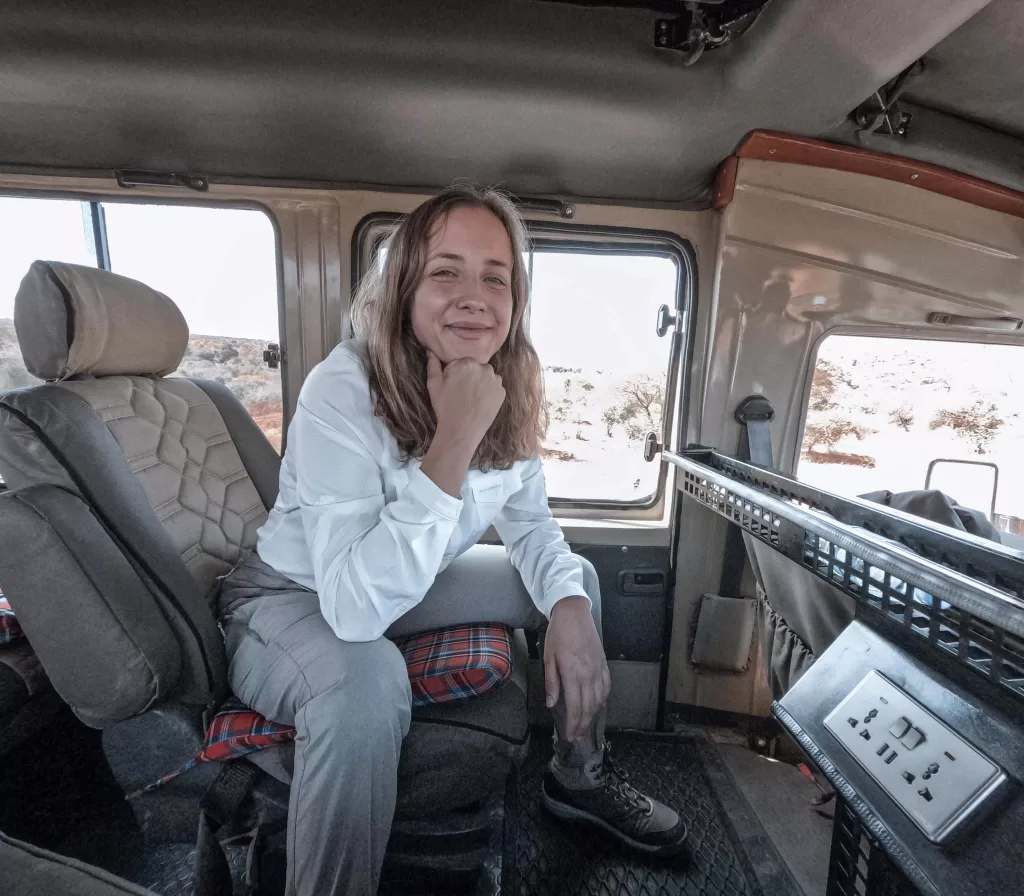
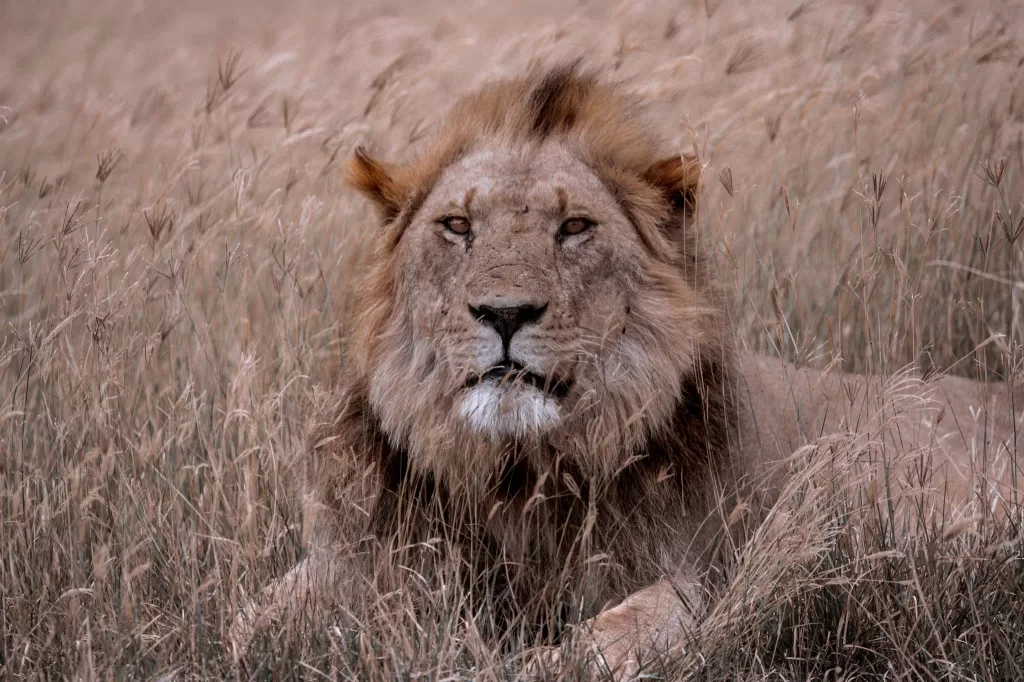
Since I was a little kid, I dreamed of seeing wild lions. I can still picture those Sunday mornings, when I was about 5 or 6 years old, sitting in front of the TV and watching National Geographic or BBC documentaries dubbed in Portuguese.
I was completely captivated by the landscapes and the amazing variety of life on our planet. Even now, it still astonishes me how nature offers so many insights if only we take the time to listen. The complex relationships between animals, the way different species depend on each other, and how everything is connected—it’s all truly remarkable.
Now, at 30 years old, I still get emotional watching wildlife documentaries. It took me almost 25 years to rediscover my love for exploring the wild world, and I’m so glad I did. I’ve found so much happiness in learning about wildlife photography and feeling like one of the explorers from the documentaries I watched as a kid.Last year I did my first safari in Tanzania. And I fell in love. It was even better than what I saw on TV. I live in a big city, so I take every chance I get to escape to the wilderness. But nothing quite compares to what I saw in Tanzania. We visited three different parks: Tarangire, Serengeti, and Ngorongoro. Each park had its own special beauty.
Tarangire is a haven for elephants.
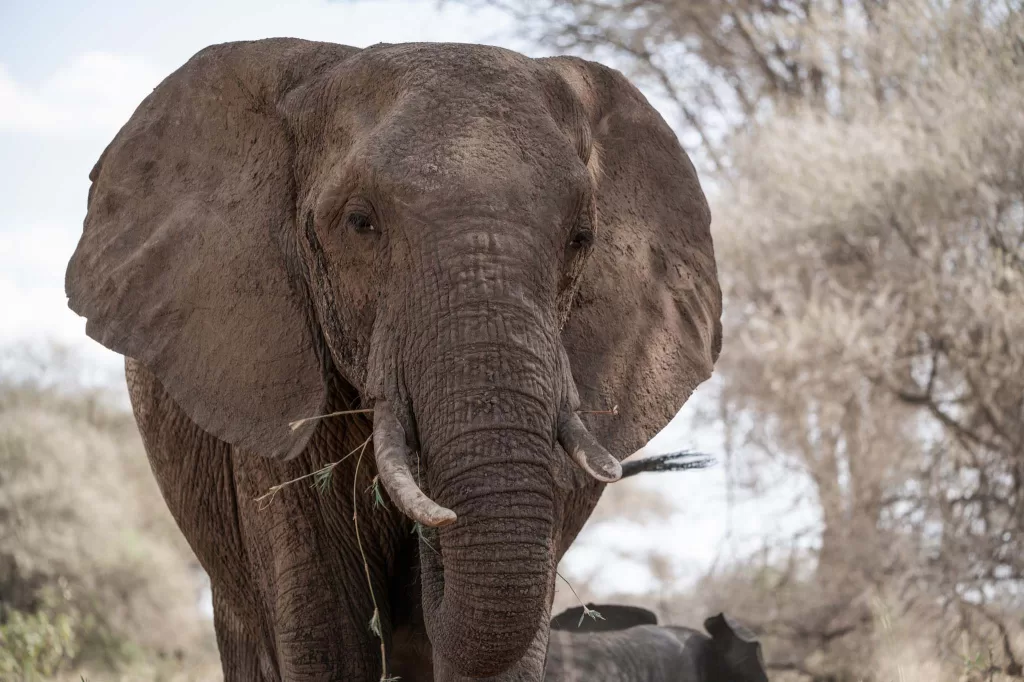
Serengeti comes from the Maasai word Serengiti, meaning endless plains.
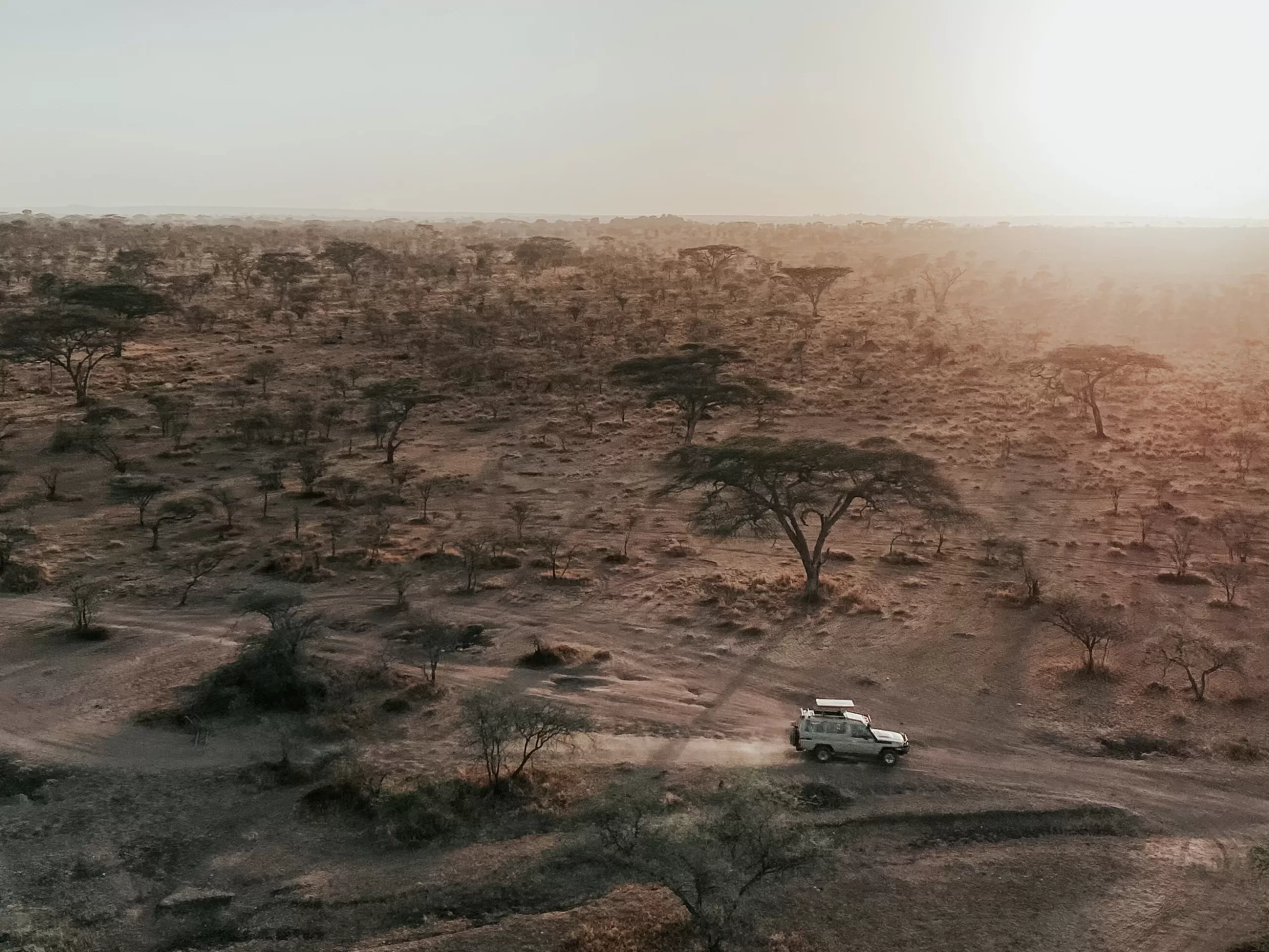
And Ngorongoro is the biggest intact volcanic crater, bursting with wildlife.
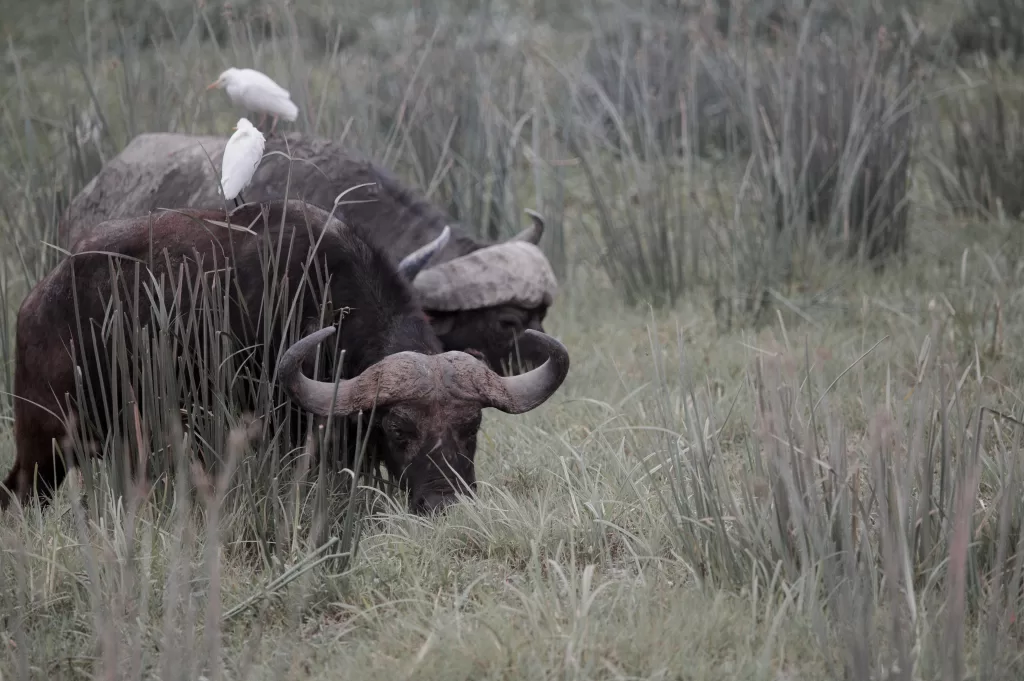
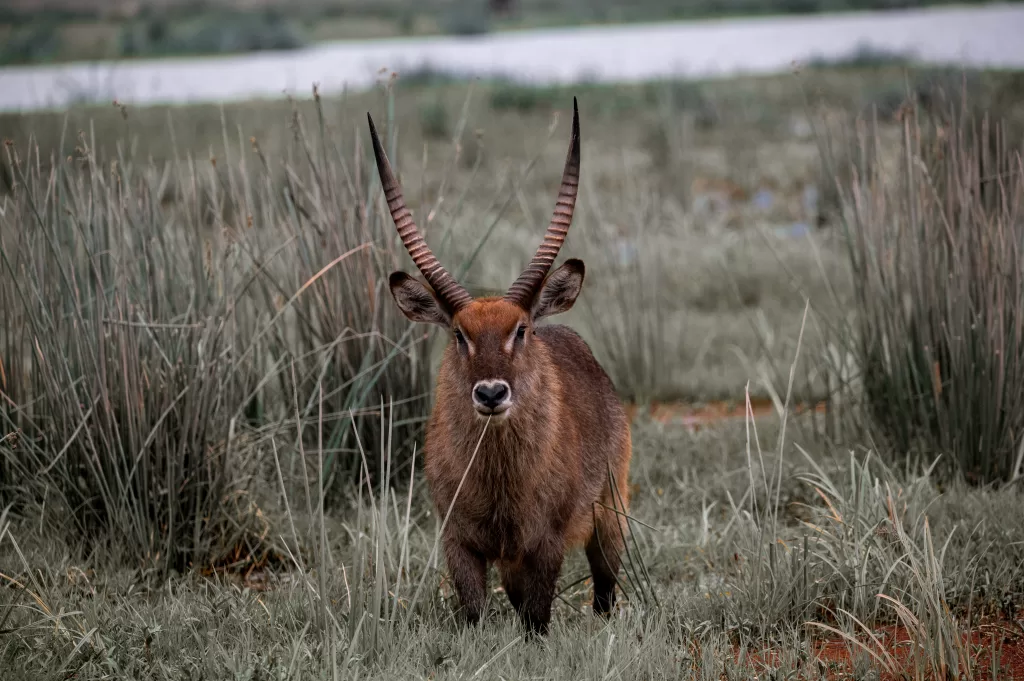
Seeing Wild Lions in Serengeti
Remember how I mentioned that seeing wild lions was one of my biggest dreams growing up? Well, Tanzania didn’t disappoint. As soon as we entered the Serengeti, I was greeted with the best reception I could have asked for – a group of sleepy lions. And just like that, my childhood dream became reality. There was a mother with her cubs, and a male lion peacefully resting in the shade.
The society of lions is structured around the pride, typically consisting of related females, their offspring, and a coalition of male lions. Within the pride, females play a dominant role in hunting, raising offspring, and defending the territory, while male lions primarily focus on protecting the pride’s territory and mating with the females. Coalitions are typically formed between two to four males, although larger coalitions have been observed in certain cases. The size of the coalition often depends on factors such as the availability of resources, the size of the pride’s territory, and the presence of rival male coalitions in the area. Usually, the lions are either brothers or cousins, but they can also form alliances with unrelated males. Although rare, a lion coalition can rule over more than one pride, typically occurring in habitats with large territories and low lion densities.
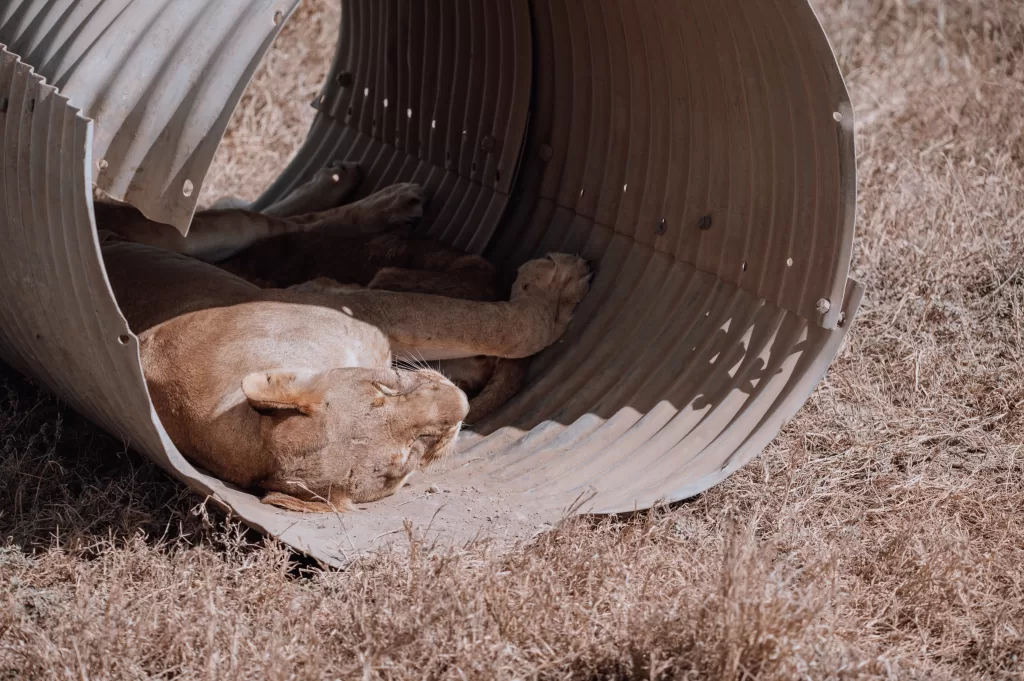
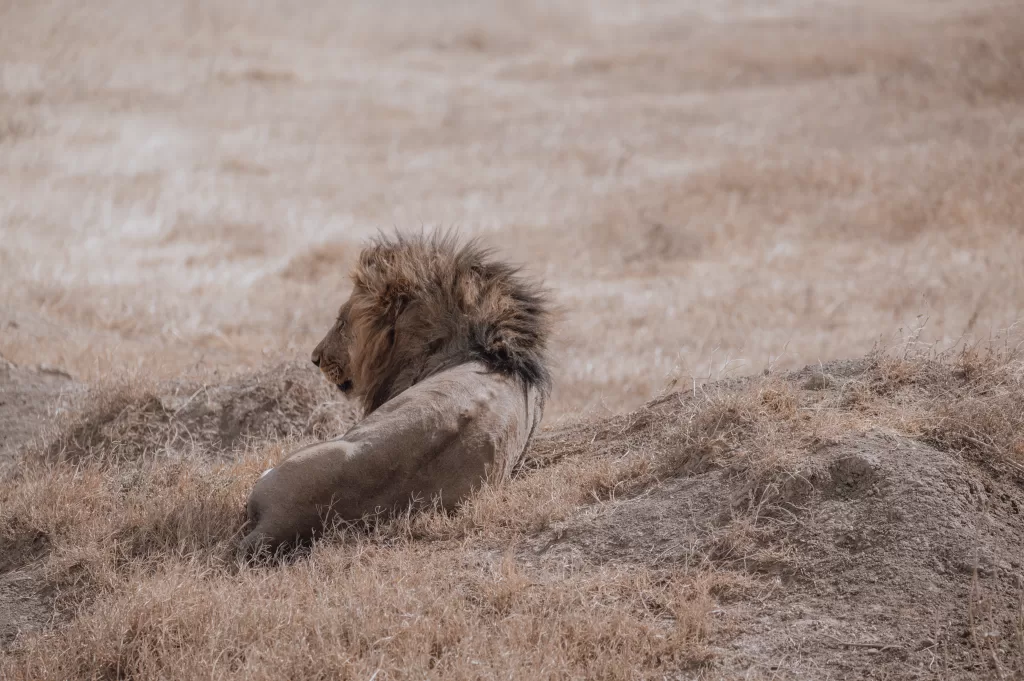
We reached Serengeti around 3 PM, knowing we had to head towards our camp before 6 PM due to driving restrictions. But the journey turned out to be pure magic. Along the way, we spotted a leopard lounging on a rock, a cheetah taking a rest in the bushes, and more lions. Yes, another pride of lions, including some young males who surprised us by climbing trees! When you think of lions, tree-climbing probably isn’t the first thing that comes to mind, right? It’s actually a fascinating adaptation they’ve developed to protect themselves from insect bites and the heat of the savannah.
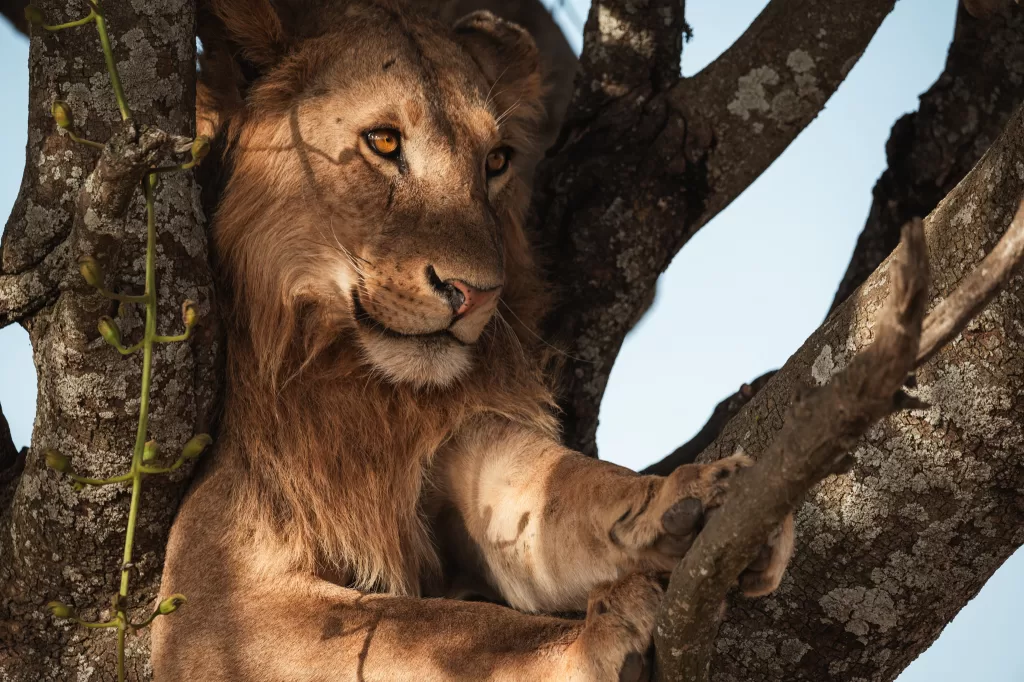
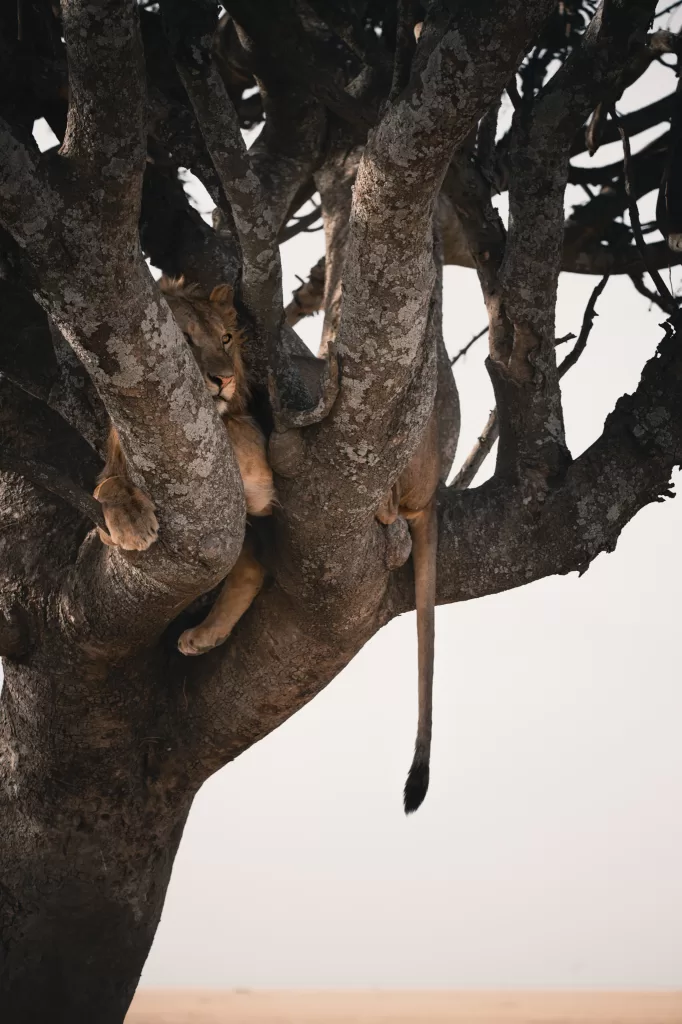
The following day it almost felt like we ran out of luck. We drove probably more than 2 hours in the morning and couldn’t find any animals. But then, out of nowhere, we spotted a male lion relaxing under the shadow of a tree. We asked our guide to let us soak in the moment with him. And that’s when I felt a sense of acceptance from these wild creatures. We stood just meters away, enjoying his peaceful presence.
The surprise didn’t end there. We soon noticed he had company – a female lion from afar and two more males were approaching. Nature taught us the value of patience as we witnessed this incredible scene, straight out of a National Geographic documentary. When our guide noticed the two male lions getting closer, he explained there were two possibilities: either they formed a coalition or there would be a dispute. Turns out, it was a coalition. Two additional females appeared and together, they decided to go hunting – except for the lion who was resting, his big belly made it look like he had a big meal not long ago!
There were impalas and warthogs nearby, and they targeted a warthog family. I was not expecting warthogs to be that fast! Unfortunately (or fortunately, depending on the point of view!) the hunt didn’t succeed. In fact, research shows that lions only succeed in about 20% to 30% of their attempts.
After failing the hunt, the pride decided to just take some rest. And the scenery couldn’t be more perfect.
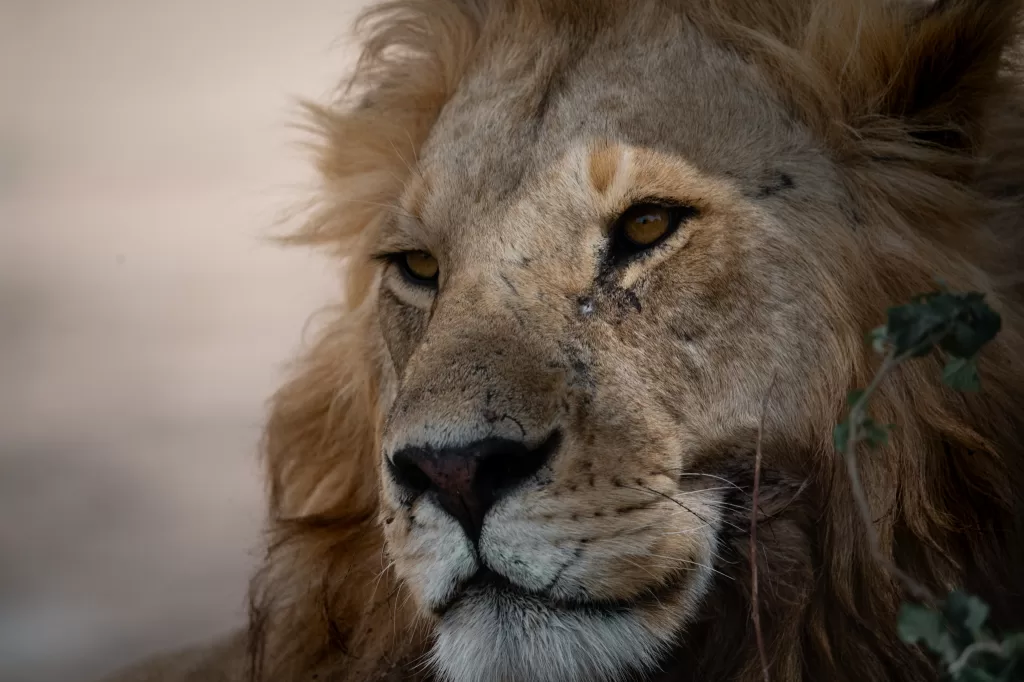
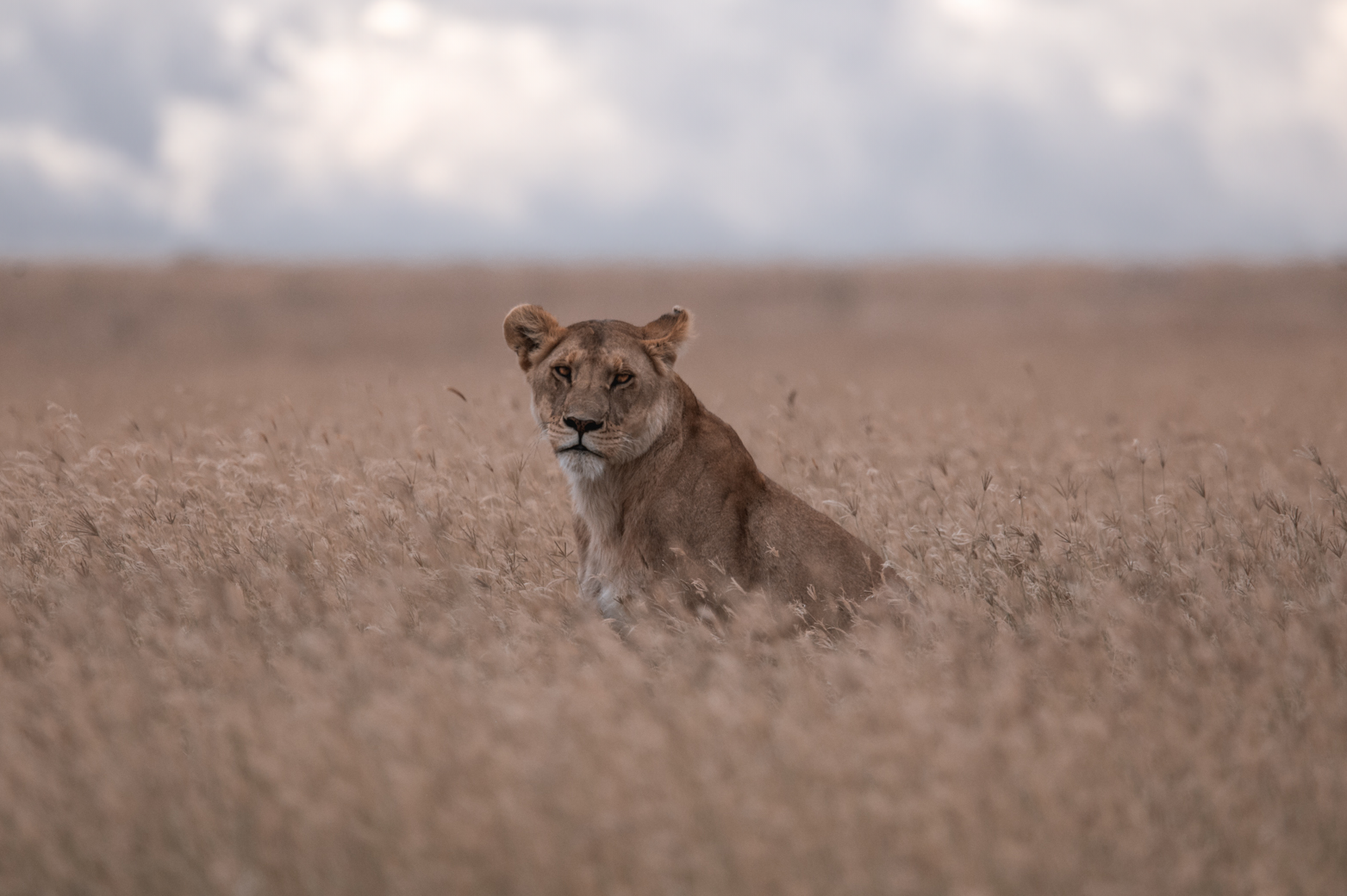
My inner child was ecstatic. It was like watching a real-life documentary unfold before my eyes, in the stunning landscapes of the Serengeti.
We also encountered some lions who were solitary and not accompanied by any pride. This behavior can occur for several reasons. Firstly, young male lions often leave their natal pride to avoid competition with dominant males and seek out new territories and mating opportunities. During this period of dispersal, they may roam alone until they find or establish their own pride or coalition. Additionally, older or injured lions may become solitary as they struggle to keep up with the demands of pride mates or maintain their territory. Temporary social dynamics, such as being temporarily expelled from a pride or coalition, can also lead to solitary behavior. However, solitary lions are typically less common than those found within prides or coalitions, as lions are inherently social animals that rely on group dynamics for survival and reproduction.
The lion we found alone was simply taking a quick afternoon nap. During this moment, we were the only vehicle around. It was just the four of us: myself, Bruno, our guide Ombenni, and the solitary lion. And what a special moment it was. When doing a safari, you’ll realize that sometimes the simple moments are the ones you’ll carry forever.
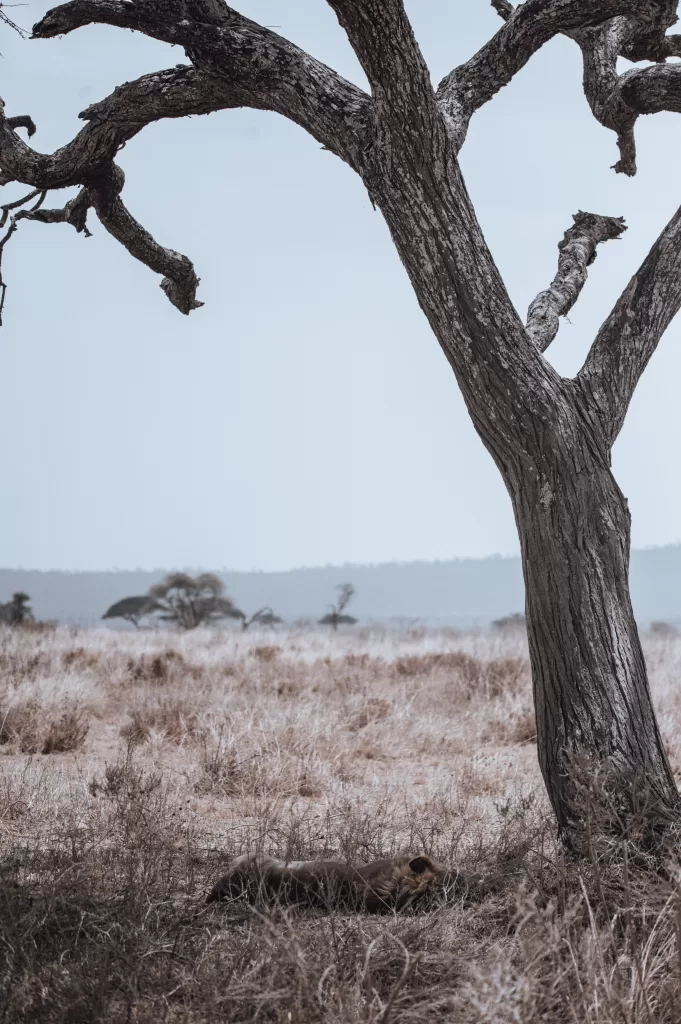
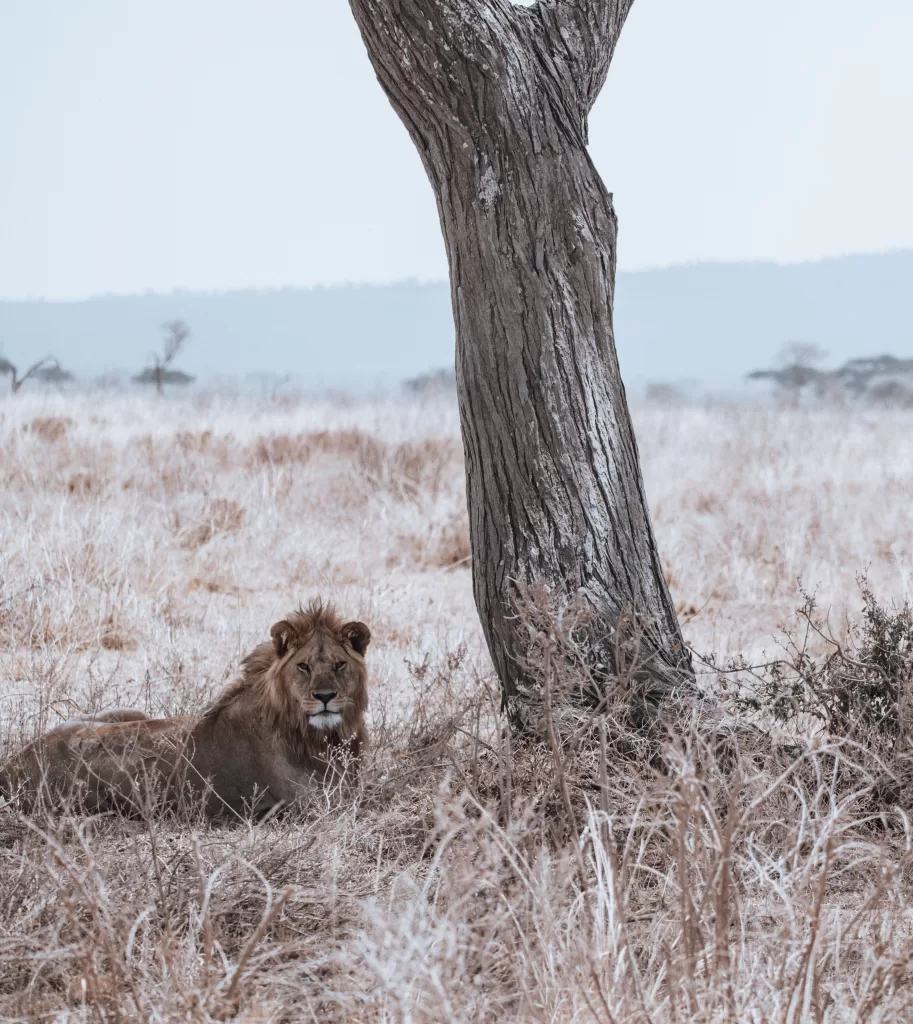
What is the future like for wild lions?
Over the years, the lion population has drastically declined, facing numerous threats that have led to a significant drop in numbers. In the past century alone, lion populations across Africa have plummeted by approximately 50%. For instance, in the Serengeti ecosystem, where there were once around 10,000 lions, the population has dwindled to approximately 3,000 individuals. These declines are primarily due to habitat loss, human-wildlife conflict, poaching, and prey depletion. These factors have contributed to the fragmentation and degradation of lion habitats, making it increasingly challenging for them to survive. As a result, urgent conservation efforts are needed to reverse this decline and ensure the long-term survival of lions in the wild.
In the past, Sir David Attenborough asked: “The question is, are we happy to suppose that our grandchildren may never be able to see an elephant except in a picture book?” It’s safe to ask the same question for lions and so many other species facing extinction. A world without wildlife is a world without wonder.
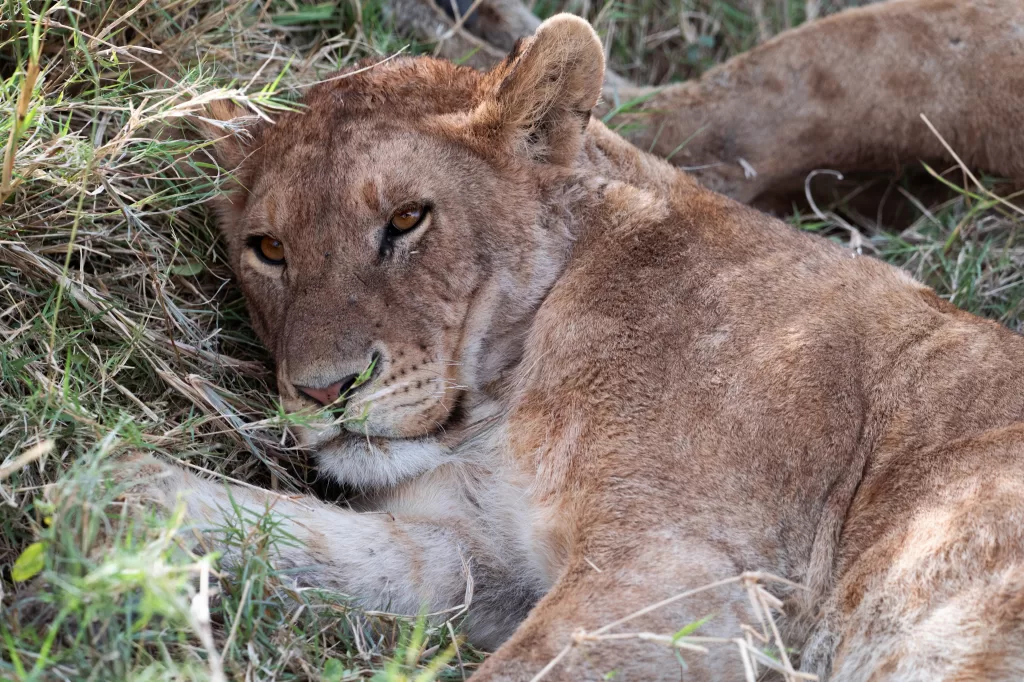
Becoming an Explorer
Even now, all this experience feels like a dream. After three decades, there I was, just a few steps from real, wild lions. Words can’t quite capture how it felt. I loved it so much, I’m planning to do it again this year. Who knows, maybe one day I’ll be just like those explorers I watched on TV. Or perhaps, in the heart of the Serengeti, I’m already one of them?
Here’s to living your dreams,
Clara.

Such an amazing story! We’re so happy your childhood dream came true. The shots are amazing as well!
Thank you ❤️ we had such a great time!